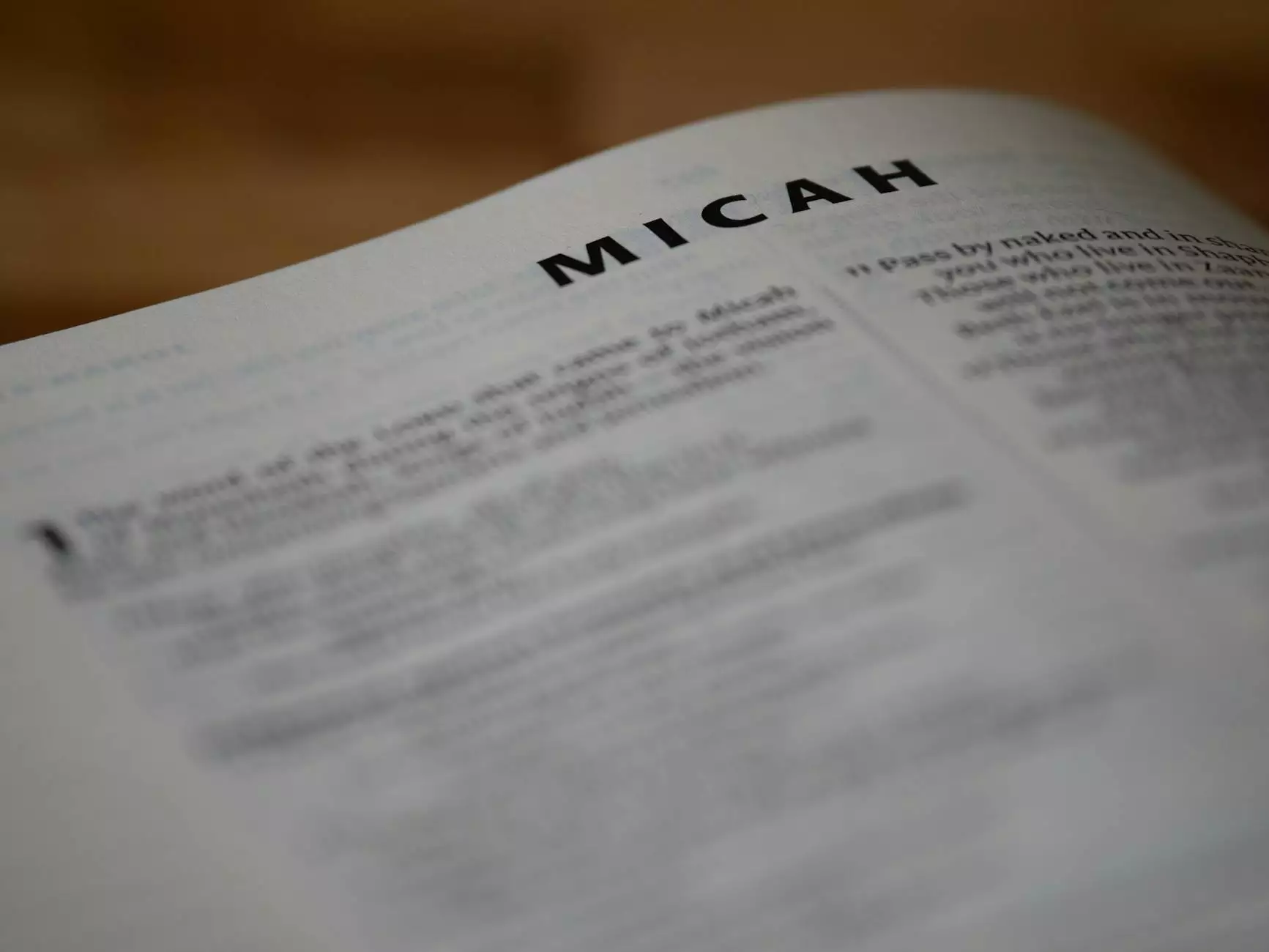Effective Plantar Plate Tear Treatment: A Comprehensive Guide

Understanding Plantar Plate Tears
A plantar plate tear is a common injury among those who engage in high-impact sports or have a history of foot problems. The plantar plate is a thick ligament located at the base of the toes, particularly affecting the second toe. Damage to this structure can lead to significant pain and dysfunction in the foot.
This article aims to provide a comprehensive overview of plantar plate tear treatment, including symptoms, diagnosis, treatment options, and rehabilitation strategies, ensuring you have the necessary information to manage this condition effectively.
Identifying Symptoms of Plantar Plate Tears
Recognizing the symptoms early can significantly impact the recovery process. Common symptoms of a plantar plate tear include:
- Foot Pain: Persistent pain in the ball of the foot, particularly around the second toe.
- Swelling: Noticeable swelling in the affected area, making it difficult to wear shoes comfortably.
- Joint Instability: Feeling of instability or the displacement of toes, often described as a “floating” sensation.
- Restricted Movement: Limited range of motion in the toe joints due to pain and swelling.
- Bruising: Discoloration in the area, indicating potential damage to the soft tissues.
Early diagnosis and intervention are crucial to prevent further complications. If you experience these symptoms, consulting a qualified podiatrist is highly recommended.
Diagnosis of Plantar Plate Tears
A proper diagnosis begins with a thorough physical examination by a trained podiatrist. The doctor will assess the affected foot for any visual signs of injury and may conduct specific tests to evaluate the integrity of the plantar plate.
Diagnostic imaging techniques such as X-rays or MRI scans may also be employed to determine the extent of the tear and to rule out other potential issues, such as sesamoiditis or metatarsal fractures.
Effective Treatment Options for Plantar Plate Tears
When it comes to plantar plate tear treatment, there are multiple avenues available. The choice of treatment will depend on the severity of the tear, overall foot health, and activity level of the patient. Below are the most common treatment options:
1. Conservative Treatment
Initially, conservative treatment is recommended for minor to moderate plantar plate tears. This may include:
- Rest: Taking a break from activities that exacerbate foot pain.
- Ice Therapy: Applying ice to reduce swelling and manage pain.
- Footwear Modifications: Switching to shoes with a wider toe box or using orthotic inserts to alleviate pressure on the plantar plate.
- Physical Therapy: Engaging in targeted exercises to strengthen the foot muscles and improve flexibility.
2. Medical Treatment
If conservative measures are not sufficient, a podiatrist may recommend medical treatments, such as:
- NSAIDs: Non-steroidal anti-inflammatory drugs to manage pain and swelling.
- Corticosteroid Injections: Temporary relief for severe pain and inflammation through targeted injections directly into the affected area.
3. Surgical Intervention
In cases where conservative and medical treatments fail to provide relief, surgery may be necessary. Surgical options include:
- Reconstructive Surgery: Repairing the torn plantar plate and restoring stability to the affected toes.
- Toe Realignment: Adjusting the position of the affected toe to relieve pressure on the plantar plate.
It is essential to discuss the potential risks and benefits of surgical intervention with your healthcare provider before proceeding.
Rehabilitation After Treatment
Post-treatment rehabilitation is crucial for effective recovery. Here are several key components of a rehabilitation program after plantar plate tear treatment:
- Gradual Return to Activity: Slowly reintroducing normal activities and exercise is vital to avoid re-injury.
- Strengthening Exercises: These exercises focus on the muscles of the foot and ankle to improve support and stability.
- Flexibility Training: Stretching exercises to maintain normal range of motion in the foot.
- Footwear Assessment: A follow-up appointment should include an evaluation of your footwear and adjustments as necessary.
A structured rehabilitation plan can significantly improve the healing process and restore function, allowing you to return to your normal activities pain-free.
Preventing Future Plantar Plate Tears
While not all plantar plate tears can be prevented, there are several strategies you can implement to reduce the risk:
- Choose Appropriate Footwear: Opt for shoes that fit well and offer proper arch support and cushioning.
- Listen to Your Body: Pay attention to signs of pain or discomfort in your feet, and take breaks when necessary.
- Incorporate Strength Training: Regularly performing foot exercises can enhance stability and prevent injuries.
- Maintain a Healthy Weight: Reducing excess weight can decrease the pressure on your feet, leading to lesser strain on the plantar plate.
Conclusion: Take Charge of Your Foot Health
Understanding your condition is the first step to effective treatment. Whether you are suffering from a plantar plate tear, considering treatment options, or seeking ways to prevent future injuries, The Foot Practice is here to support you. Our team of experienced podiatrists specializes in foot care and can provide personalized treatment plans tailored to your needs.
If you're experiencing symptoms of a plantar plate tear or have any concerns about your foot health, do not hesitate to contact us today for an appointment. Let us help you get back on your feet and enjoy a pain-free life!
© 2023 The Foot Practice. All rights reserved.









